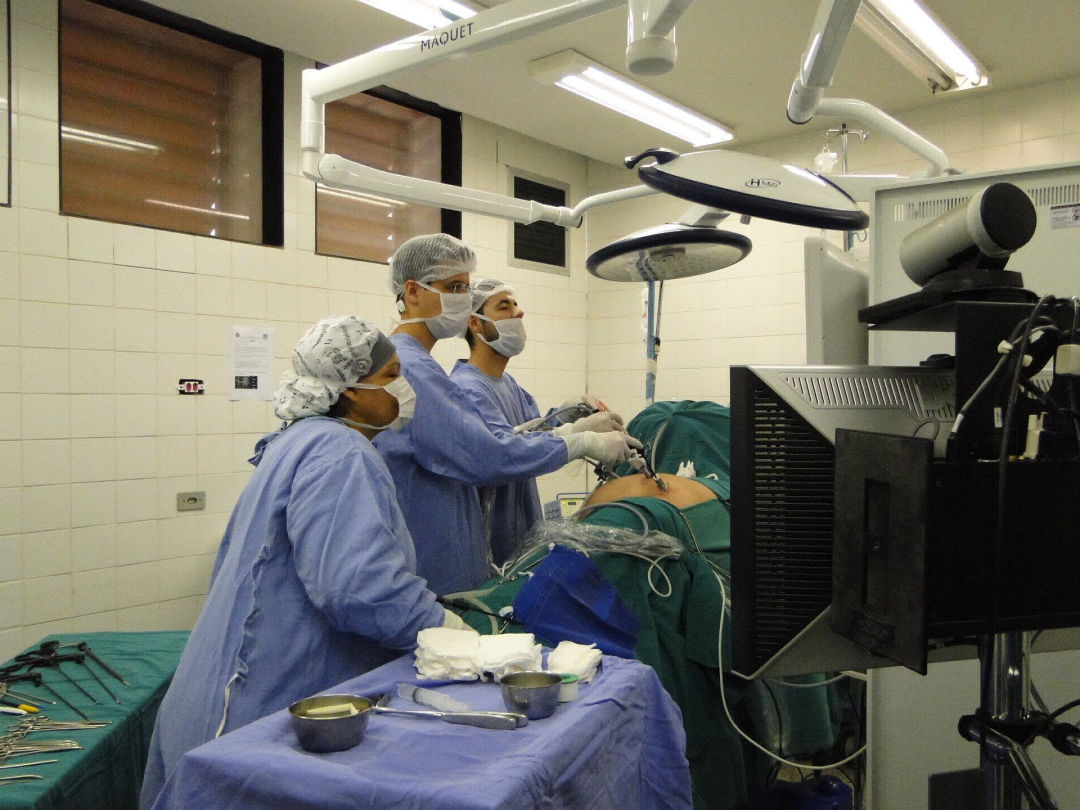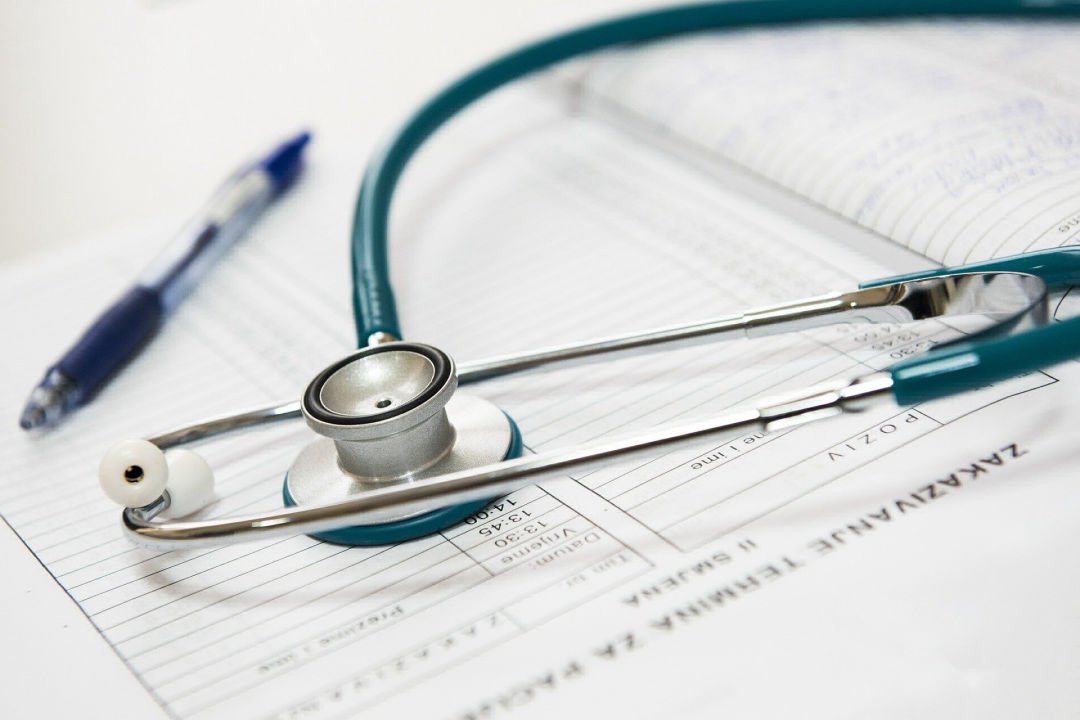UROLOGICAL CONDITIONS
Malfunctions in the Urinary Tract

Malfunctions in the Urinary Tract and Symptoms
Some of the common malfunctions of the urinary tract are, urethral strictures, scars tissues developed after radiation therapy, surgery or procedures done on the urinary tract, urinary blockage, and urinary tract infections.
SYMPTOMS
- Urinary tract infections(UTI) is an infection of the urinary systems-- your kidneys, ureters, bladder and urethra.
- Most infections involve the lower urinary tract-- the bladder and the urethra.
- Serious consequences can occur if a UTI spreads to the kidneys.
- A strong persistent urge to urinate
- A burning sensation when urinating
- Passing frequent, small amounts of urine
- Urine that appears cloudy.
- Urine that appears red. Bright pink, or cola colored -- a sign of blood.
- Strong smelling urine.
- Pelvic pain in women -- especially in the center of the pelvis and around the area of the pubic bone.
- Poor growth i infants.
- Vomiting
- Back or flank pain

Prevalence of CKD
- Malfunctions of the urinary tract can occur in children, men as well as in women.
- Blockages can happen in a damaged kidney from urine buildup and pressure in the kidney.
- Ureteropelvic junction (UPJ) blocks the flow of urine out of the kidney into the ureter. This situation is seen mostly in children from birth called congenital condition.

Diagnosis of CKD
Learn about the investigations and the diagnosis
- CT scan
- CT urogram (scan of both kidneys with contrast).
- Ultrasound
- Blood test
- Urine and blood test
- Electrolytes
- Nuclear scan of kidneys
- X-ray of kidneys, bladder, ureters
- Voiding cystourethrogram (X-ray of bladder while it is emptying.

Treamment of CKD
● UPJ obstruction can be treated with surgery. If condition is severe then it needs to be done early in life.
● For children open surgery is done while for adults a procedure known as pyeloplasty is done.
● In pyeloplasty a 2-3 inch cut is made just below the ribs and the obstructed segment of the ureter is removed.The normal caliber ureter is then attached to the renal pelvis.
● A stent (a tiny wire-meshed tube) is placed to drain urine from kidney. After the surgery heals, the stent is removed.
● The more common approach in adults is robotic assisted or laparoscopic pyeloplasty.
Recovery after surgery
● Patients will stay in the hospital for a day or two after surgery.
● The ureter may be swollen.The patient may have some pain for a few days after surgery.
● Kidney drainage may be poor at first, but gets better as the area heals.
● A few weeks after surgery, the stent is removed, and doctor may use an ultrasound to check for swollen kidneys.
- DO YOU HAVE QUESTIONS ABOUTMALFUNCTIONS IN THE URINARY TRACT?
- TELE CONSULT WITH YOUR UROLOGIST

Patient safety is our priority
Risks and complications
● Pyeloplasty has the best long-term success for patients who suffer from UPJ obstruction.
● After laparoscopic pyeloplasty, there could be scarring in the abdomen area.
● The future risks of this surgery could be kidney stones or kidney infections.
● Some patients are also at a risk of developing hypertension, infection, proteinuria or pregnancy related problems.
- DO YOU HAVE QUESTIONS ABOUT MALFUNCTIONS IN THE URINARY TRACT?
- TELE CONSULT WITH YOUR UROLOGIST

What's important after discharge?
Follow-up after pyeloplasty
● Pyeloplasty is a procedure which has a good success rate and hence a repeat scan is not necessary for even five to seven years.
● In children, serial ultrasounds, measurement of resistive index(RI) using duplex ultrasonography and intravenous urography are done.
● In conclusion, most renal units remain stable after a successful pyeloplasty.
- DO YOU HAVE QUESTIONS ABOUT MALFUNCTIONS IN THE URINARY TRACT?
- TELE CONSULT WITH YOUR UROLOGIST